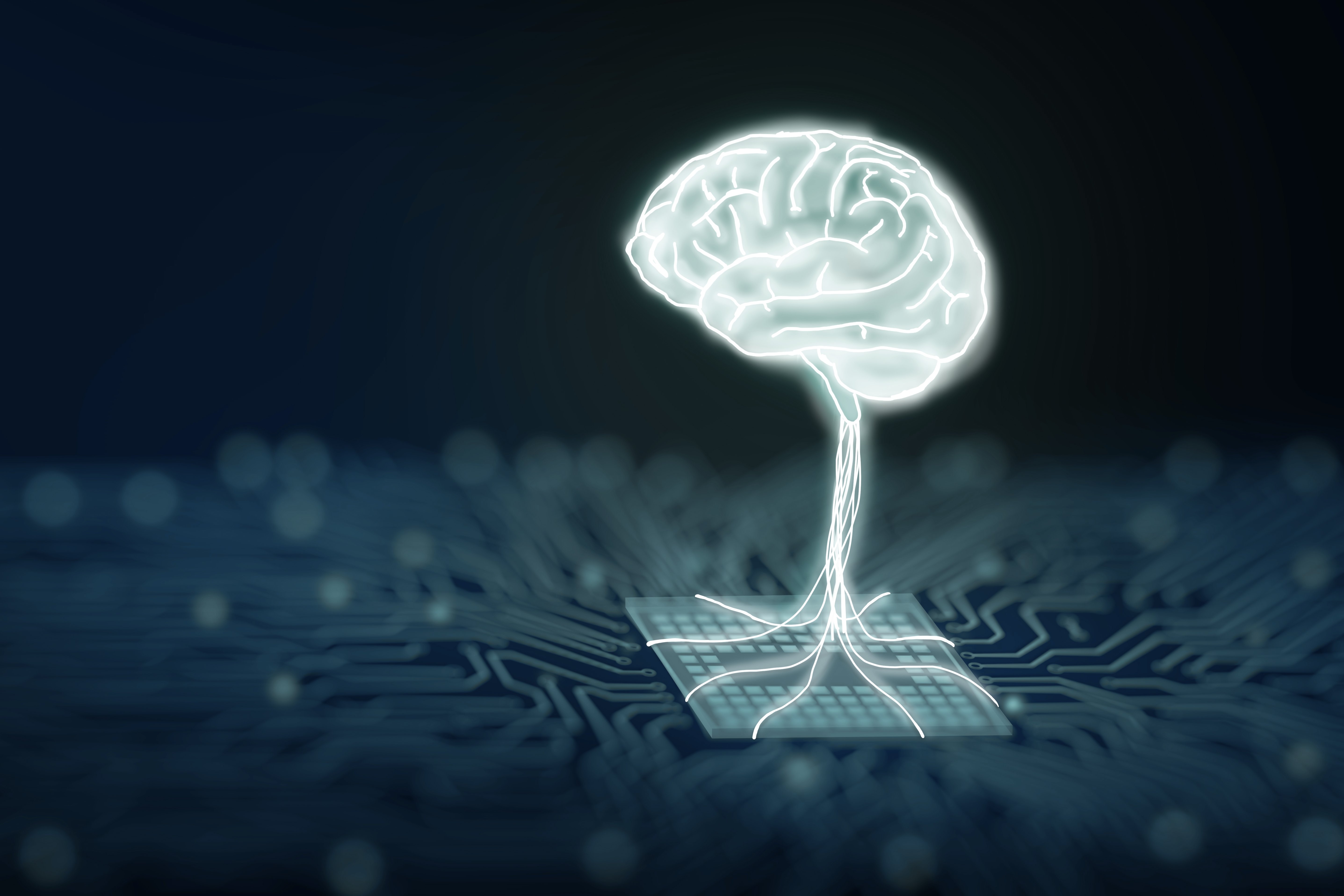
(Vienna, 18-02-2024) An international research team led by Adam Gosztolai from MedUni Vienna has developed a new computer-aided method that makes it possible to precisely analyse and compare neuronal activity patterns in the brains of different living beings. The method, called MARBLE (MAnifold Representation Basis LEarning), uses modern machine learning algorithms to decode complex, dynamic processes in the brain, but can also advance research in other areas. The study results were published in the renowned scientific journal "Nature Methods".
"Suppose two individuals have to solve the same mental task, for example finding their way to work. How can we know that they are thinking the same way? In other words, can the signals from a small number of neurons in the brain alone tell us whether we are using the same or different thinking strategies to solve the task?" says study author Adam Gosztolai from the Institute of Artificial Intelligence at MedUni Vienna's Center for Medical Data Science, explaining the initial research question. The answer to this question is of fundamental importance for neuroscience in order to be able to validate results from research experiments with various animals. So far, there is little evidence as to whether different creatures actually perform a particular experimental task with the same dynamic patterns in their brains. "However, the question also goes beyond neuroscience, as dynamic processes occur in different scientific fields and thus there is a need to compare dynamic phenomena based on an incomplete measurement of system states," says Gosztolai.
To uncover the hidden structure of brain dynamics under different experimental conditions and in different animals, a research team from the University of Würzburg, the École Polytechnique Fédérale de Lausanne, Imperial College London and MedUni Vienna has developed the computer-aided method MARBLE. It is based on a geometric decomposition of the dynamics, similar to the pieces of a jigsaw puzzle. MARBLE is a method for describing the puzzle pieces using a special form of deep learning designed for curved spaces, which are natural mathematical spaces for complex non-linear dynamic patterns of the brain. "In our work, we show that the brain dynamics of different animals using the same mental strategy consist of the same dynamic puzzle pieces, but embedded in different curved spaces," explains first author Adam Goszolai.
Be it in navigation tasks such as finding the way to work, in motor tasks such as reaching for the arm or in abstract cognitive tasks: With the new method, dynamics can not only be compared, but also decoded with high accuracy. This makes MARBLE suitable for brain-machine interface applications in which complex neuronal activities during motor or cognitive functions need to be reliably decoded into actions, such as interaction with a prosthetic limb.
The development of MARBLE represents an important advance for the neurosciences, as it enables precise analysis of neuronal activity patterns and creates the basis for a better understanding of brain functions. However, the mathematical basis of the method is by no means limited to brain signals. "We assume that our tool will also benefit researchers in other areas of life and natural sciences who want to analyse multiple data sets together," Adam Gosztolai is convinced.
Publication: Nature Methods
MARBLE: Interpretable representations of neural population dynamics using geometric deep learning.
Adam Gosztolai and Robert L. Peach (equal contribution), Alexis Arnaudon, Mauricio Barahona, Pierre Vandergheynst.
Doi: 10.1038/s41592-024-02582-2
https://www.nature.com/articles/s41592-024-02582-2